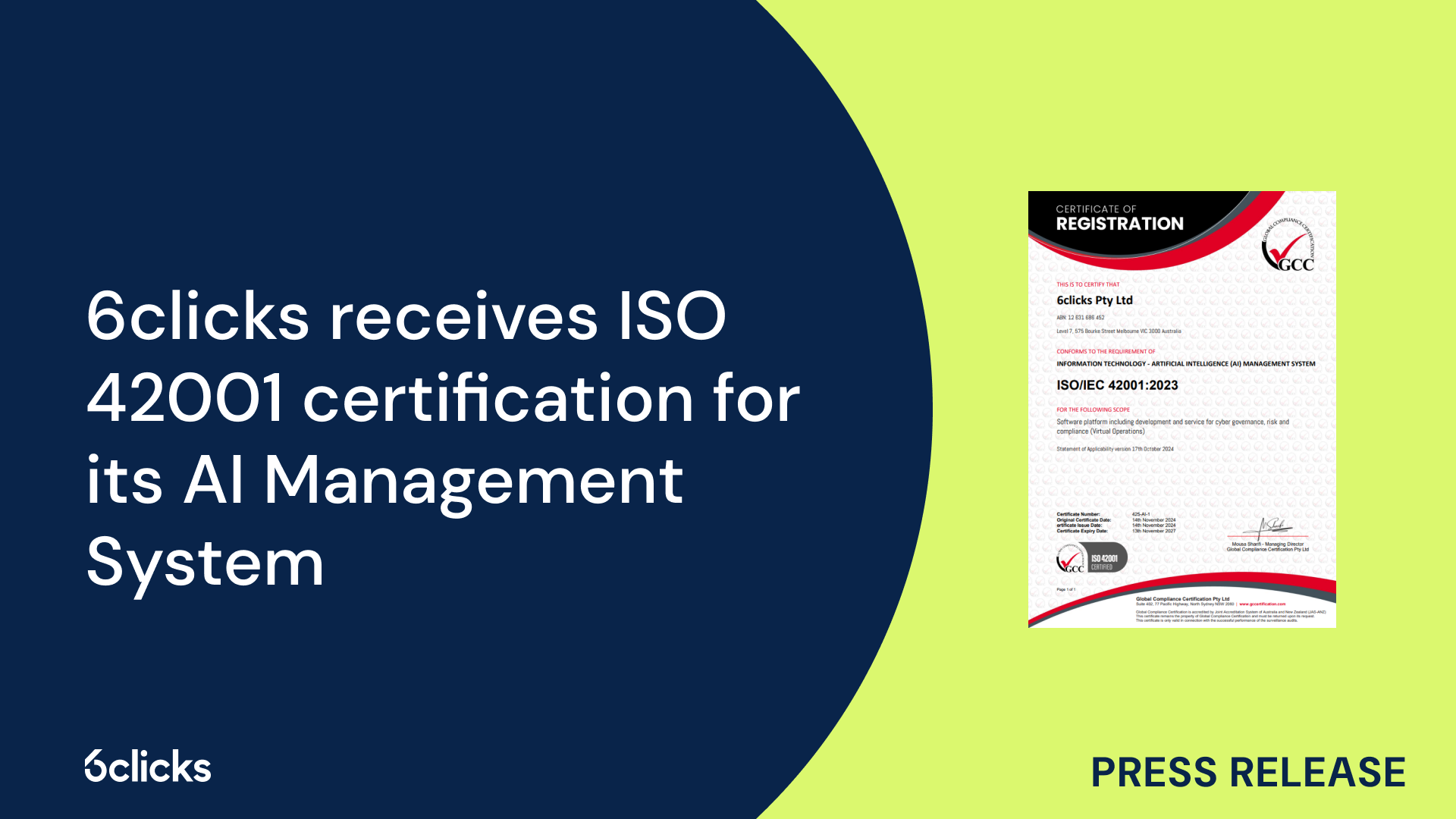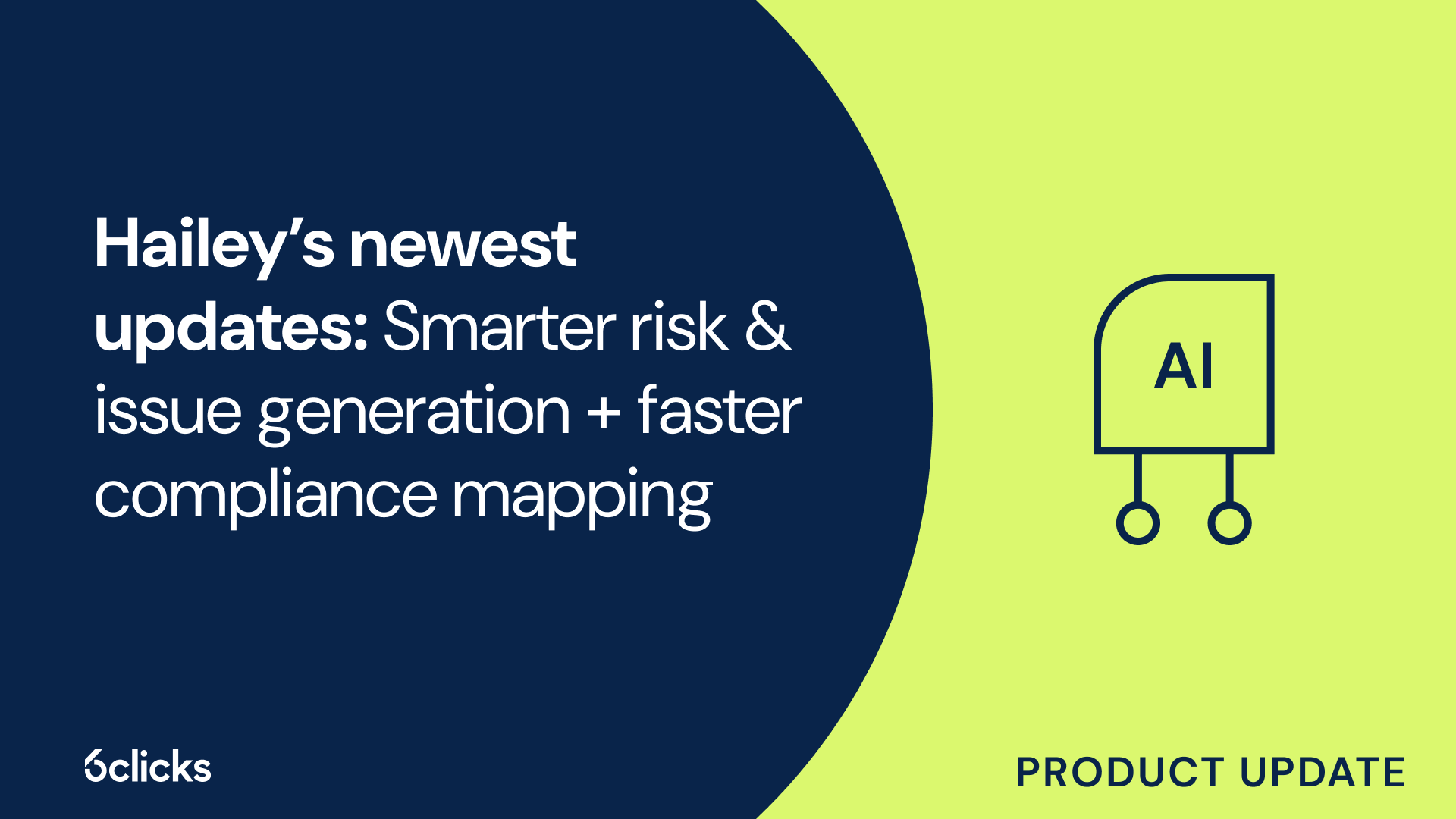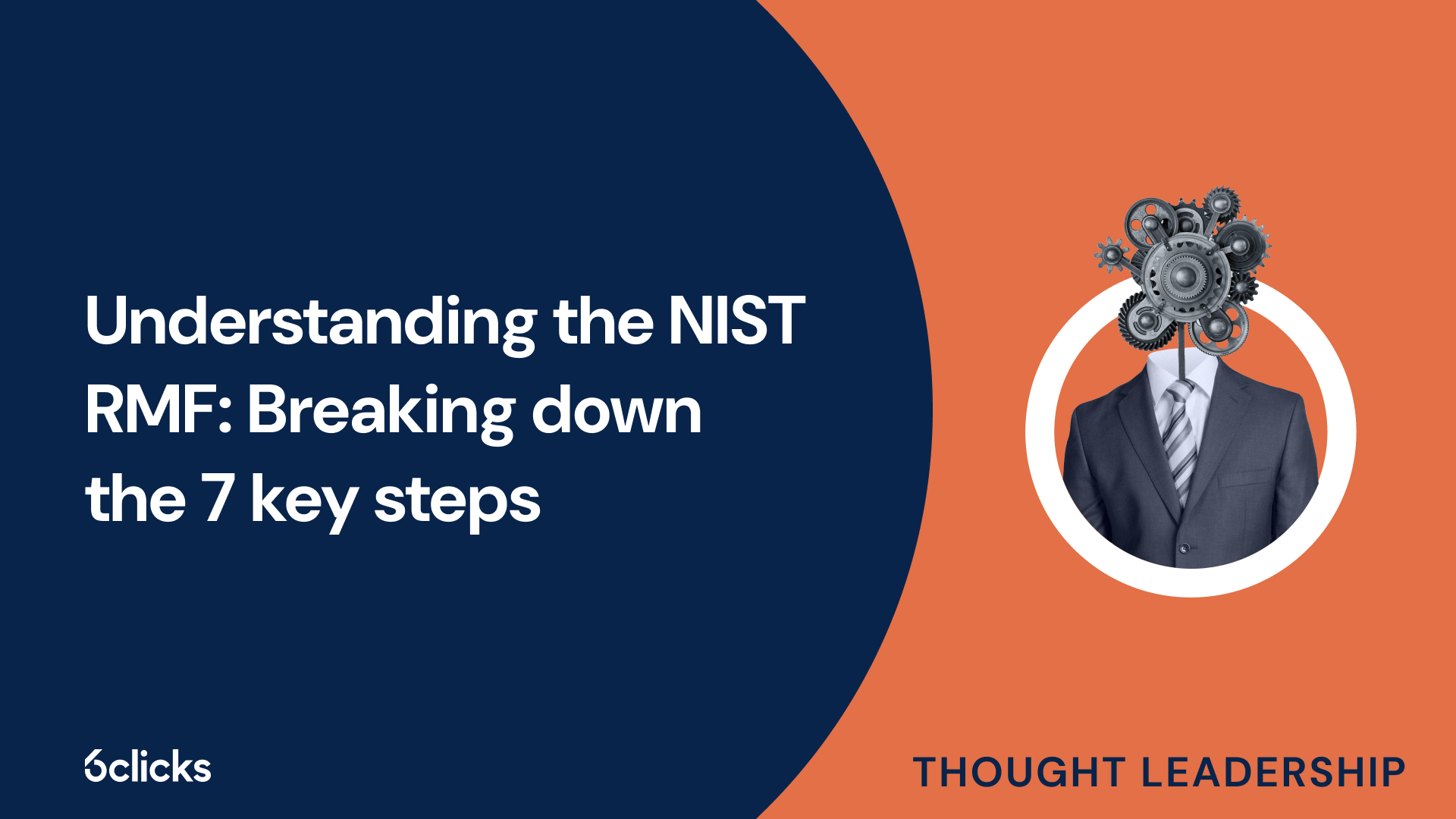How do you perform ERM?
Definition of ERM
Enterprise Risk Management (ERM) is a strategic and systematic approach to identifying, assessing, and managing the potential risks faced by an organization. It is a comprehensive framework that enables businesses to proactively address and mitigate risks in order to achieve their strategic objectives. ERM goes beyond traditional risk management by considering a wide range of risks, both internal and external, and integrating risk management processes into all levels of an organization. By adopting a holistic approach, ERM helps organizations build a risk-aware culture and ensures that risk management is an ongoing process rather than a reactive activity. With the support of senior management and the board of directors, ERM provides a common risk language and establishes a structured and consistent approach to managing risk throughout the organization. It encompasses multiple elements, including risk identification, assessment, response strategy development, and monitoring and reporting of risk exposures. With ERM, organizations can navigate potential events and optimize risk opportunities in a proactive and effective manner.
Purpose of ERM
Enterprise risk management (ERM) is a structured and proactive approach to managing risks within an organization. Its purpose is to understand and effectively respond to all types of risks that may impact an organization's ability to achieve its strategic objectives.
ERM is important because it helps prevent losses, improve business results, and enhance corporate governance. By identifying and assessing risks across various business units and functions, ERM enables organizations to develop risk response strategies that minimize the negative impact of potential events. This allows companies to protect their reputation, avoid financial losses, and adapt to changing market conditions.
Unlike traditional risk management, which typically focuses on insurable risks such as hazards and legal compliance, ERM takes a holistic approach by considering a broad range of risks, including strategic risks, operational risks, and external risks. By including non-insurable risks, ERM ensures that organizations have a comprehensive understanding of risk exposures and can develop appropriate risk management strategies.
Establishing an ERM program
Implementing an Enterprise Risk Management (ERM) program is essential for organizations to effectively manage and mitigate risks across all areas of their operations. By adopting a structured and comprehensive approach to risk management, companies can identify and evaluate potential risks, develop strategies to address them proactively, and ultimately enhance their overall performance and decision-making processes. An ERM program involves the integration of risk management practices into all facets of an organization, including strategic planning, objective-setting, and operational activities. This ensures that risks are not only identified and assessed but also effectively monitored and managed on an ongoing basis. By establishing an ERM program, businesses can foster a risk-aware culture, align risk management efforts with strategic objectives, and strengthen their resilience in the face of a rapidly changing and uncertain business environment. Furthermore, with the involvement of senior management and the board of directors, an ERM program provides the necessary oversight and accountability to effectively respond to both internal and external risks, safeguarding the organization's reputation, profitability, and long-term success.
Identifying risk appetite and tolerance
Identifying risk appetite and tolerance is a crucial step in effectively managing risks within an organization. It involves developing a clear understanding of the firm's strategic direction and objectives, and aligning them with the level of risk the organization is willing to accept. This is achieved through the development of a risk appetite statement.
A risk appetite statement outlines the types and levels of risks that an organization is willing to take in pursuit of its strategic objectives. It sets the boundaries within which risks can be taken and helps guide decision-making processes. When developing a risk appetite statement, it is important to involve senior management and the board of directors to ensure that it accurately reflects the organization's strategic direction and goals.
Regularly reviewing and approving the risk appetite statement is crucial to ensure its relevance and effectiveness. Senior management and the board of directors should periodically assess the statement to verify if it still aligns with the organization's strategic direction and objectives. Changes in the business environment, market conditions, and the organization's risk profile may require updates to the risk appetite statement. This helps the organization remain adaptable to changing risk landscapes and ensures that risk management strategies are aligned with the organization's overall goals.
Creating a risk management framework
Creating a risk management framework for Enterprise Risk Management (ERM) involves several important steps. These steps are crucial in order to establish an effective and comprehensive approach to managing risks within an organization. Here are the key steps to creating a risk management framework for ERM:
- Establish a senior-level steering committee: This committee should be composed of senior executives and key stakeholders who have the authority and responsibility to oversee the organization's risk management efforts. Their role is to provide guidance and strategic direction in implementing the risk management framework.
- Ensure a shared understanding of risk: It is essential to ensure that all members of the organization have a common understanding of risk and its implications. This can be achieved through training programs, workshops, and regular communication to promote a risk-aware culture throughout the organization.
- Set out roles and responsibilities: Clearly define the roles and responsibilities of individuals involved in the risk management process. This includes assigning specific responsibilities for identifying, assessing, and managing risks.
- Identify and document risks: Systematically identify and document potential risks that may impact the organization's objectives. This can be done through risk assessments, interviews, and analysis of historical data.
- Define risk appetite: Establish the organization's risk appetite, which defines the types and levels of risks the organization is willing to accept in pursuit of its objectives. This helps guide decision-making processes and ensures risks are taken within the defined boundaries.
- Prioritize risks: Assess the identified risks based on their potential impact and likelihood. Prioritize risks based on their significance to the organization's objectives and allocate resources accordingly.
- Establish an ERM methodology: Develop a structured and consistent ERM methodology that outlines the processes and tools used to identify, assess, treat, and monitor risks. This methodology should align with industry best practices and be tailored to the organization's specific needs.
- Monitor and report on risks: Implement a system to continuously monitor and assess risks and report on their status. This includes establishing key risk indicators (KRIs) and conducting regular risk reviews to ensure risks are being effectively managed and that the risk management framework remains relevant.
Establishing processes and procedures for managing risks
To effectively manage risks in an Enterprise Risk Management (ERM) program, several processes and procedures need to be established.
Firstly, a comprehensive set of risk management processes should be developed. This includes the identification, assessment, and prioritization of risks. Regular risk assessments should be conducted to evaluate the complexity and potential impact of different risks on specific business objectives.
Secondly, the implementation goals and scope of the ERM program should be clearly defined. This involves setting objectives and determining the level of risk the organization is willing to accept. By establishing risk appetite and tolerance levels, organizations can make informed decisions and allocate resources accordingly.
To ensure a systematic approach, risk management processes should be integrated into the organization's overall business processes. This includes involving key stakeholders and assigning responsibilities for risk identification, evaluation, and treatment. Clear communication channels should be established to continuously monitor risks and adjust strategies when necessary.
Additionally, it is crucial to document and maintain all risk management activities. This ensures accountability, facilitates knowledge sharing, and enables continuous improvement of the ERM program. Regular reporting and analysis of risks should be conducted to track progress and measure the effectiveness of risk management strategies.
By establishing these processes and procedures, organizations can effectively manage risks in their ERM program and safeguard their business objectives.
Developing a risk culture in the organization
Developing a risk culture within an organization is crucial for effective enterprise risk management (ERM) implementation. To establish a strong risk culture, top-level buy-in and communication are key.
Firstly, obtaining buy-in from top-level executives and the board of directors is essential. This involves showcasing the benefits of ERM and highlighting the importance of a risk-aware culture. By demonstrating that risk management is a priority, leaders inspire commitment from all levels of the organization.
Effective communication is also vital in developing a risk culture. Regular communication channels should be established to keep employees informed about the organization's risk management strategies, objectives, and progress. This can be achieved through town hall meetings, newsletters, and training sessions.
Assigning responsibility for managing specific risks is another important aspect. By clearly defining roles and responsibilities, individuals can take ownership of specific risks and work towards their mitigation. This fosters accountability and ensures that risks are actively managed and monitored.
Lastly, ongoing monitoring and feedback are critical for establishing a strong risk culture. Regular monitoring of risk management activities allows for early identification of emerging risks and timely adjustments to strategies. Feedback loops should be established to encourage continuous improvement and learning.
By emphasizing top-level buy-in, effective communication, assigning responsibility, and ongoing monitoring, organizations can develop a robust risk culture that supports the successful implementation of ERM. This in turn helps organizations proactively identify and manage risks to achieve their strategic objectives.
Designating responsibilities to senior management & board of directors
Designating responsibilities to senior management and the board of directors in an enterprise risk management (ERM) program is a crucial step in ensuring effective risk management throughout the organization.
The board of directors, as the governing body, has the ultimate responsibility for overseeing the ERM program. They play a key role in setting the organization's risk appetite, strategic objectives, and business strategies. It is their responsibility to understand and approve the risk management policies and procedures, as well as monitor and evaluate the effectiveness of risk management processes.
The CEO, supported by senior management, has the task of implementing the board's directives and translating them into action. They are responsible for creating a risk-aware culture within the organization, ensuring that risk management is integrated into daily operations and decision-making. The CEO and senior management are also responsible for developing and implementing risk management strategies and monitoring key risks and risk indicators.
Business units have the responsibility of identifying and managing risks that are specific to their area of operation. They must understand the organization's risk appetite and align their risk management efforts accordingly. This includes implementing internal controls, monitoring risk exposures, and integrating risk management into their business processes.
Support functions, such as internal audit and compliance, play a critical role in providing independent assurance and oversight of the ERM program. They ensure that risk management policies and procedures are designed effectively and implemented consistently. Internal audit evaluates the adequacy and effectiveness of risk management processes, while compliance ensures adherence to applicable laws and regulations.
Defining internal controls & processes for monitoring risks
In an Enterprise Risk Management (ERM) program, defining internal controls and processes for monitoring risks is of utmost importance. These controls and processes allow organizations to effectively identify and assess risks, track their significance over time, and respond appropriately to changing circumstances.
By establishing internal controls, organizations create a structured framework to mitigate potential risks and ensure that established risk management processes are being followed. These controls provide a system of checks and balances to prevent or detect errors, fraud, or non-compliance. They enable organizations to monitor risk exposures and implement necessary measures to address them promptly, reducing the likelihood of negative outcomes.
Moreover, robust internal controls and processes enhance risk awareness throughout the organization. They promote a culture of risk consciousness, ensuring that all stakeholders understand their roles in managing risks and are empowered to take appropriate actions. This heightened risk awareness is crucial in decision-making processes, as it allows for a more comprehensive consideration of potential risks and opportunities.
Implementing strong internal controls and processes also enhances internal control mechanisms, minimizing the likelihood of material misstatement in financial statements. This, in turn, enhances the reliability and accuracy of financial reporting, providing stakeholders with transparent and reliable information.
Assessing enterprise risks
Assessing enterprise risks is a crucial aspect of effective risk management. By identifying and evaluating potential risks within an organization, key decision-makers can make informed strategic decisions and take proactive measures to mitigate those risks. It involves understanding the risk environment, including both internal and external factors that could impact the organization's objectives. The assessment process typically involves identifying key risks, analyzing their potential impact and likelihood, and prioritizing them based on their significance. Through this ongoing process, organizations gain a comprehensive understanding of risk exposures and can develop appropriate risk management strategies to safeguard their operations and achieve their objectives. It also helps in fostering a risk-aware culture throughout the organization, where risk assessments and responses are embedded in business strategies and day-to-day operations. By regularly reassessing risks and adapting risk management approaches accordingly, organizations can stay agile and resilient in an ever-changing business landscape.
Identifying strategic objectives & business strategies
To identify strategic objectives and business strategies in the context of enterprise risk management (ERM), organizations need to assess and evaluate their current position, resources, and capabilities. They must also consider their external environment, competitive landscape, and stakeholder expectations. This process involves understanding the organization's mission, vision, and long-term goals.
Once these aspects are determined, the organization can identify strategic objectives. These are the high-level goals that the organization aims to achieve, such as increasing market share, expanding into new markets, or improving customer satisfaction. Strategic objectives provide a clear direction for the organization and guide decision-making.
Business strategies, on the other hand, are the specific plans and actions designed to achieve these strategic objectives. These strategies outline how the organization will allocate resources, leverage its strengths, address weaknesses, and capitalize on market opportunities. They may involve launching new products, entering strategic partnerships, or adopting innovative technologies.
In the context of ERM, it is crucial to align risk management with the organization's business strategy. By doing so, organizations can ensure that risks are assessed and managed in a way that supports the achievement of strategic objectives. Risk management helps identify potential risks that could impact the organization's ability to achieve its objectives and develop appropriate risk responses.
Aligning risk management with business strategy also involves establishing a risk appetite level. This is the amount and type of risk that an organization is willing to accept in pursuit of its objectives. Defining a risk appetite level helps guide decision-making by providing a framework for evaluating and prioritizing risks.
Monitoring risks is a key component of ERM. It involves continuously assessing both internal and external risks that could affect the organization's ability to achieve its objectives. By proactively monitoring risks, organizations can identify emerging threats and opportunities and take appropriate actions.
Analyzing potential events that could impact goals or strategies
Analyzing potential events that could impact goals or strategies involves considering various risks associated with changing consumer demand, the entry of new competition, social trends, and technology changes. These events can pose strategic threats to an organization, resulting in reputation loss or significant losses.
Changing consumer demand is a key risk that organizations need to monitor. Consumer preferences and behaviors can shift rapidly, affecting market demand for products or services. Failure to adapt to changing consumer demands can lead to a decline in sales and market share.
The entry of new competition is another risk to consider. New competitors entering the market can disrupt established businesses and challenge their competitive advantage. This can lead to a loss of market share, as well as increased price competition and pressure on profit margins.
Social trends also play a significant role in shaping business strategies. Organizations need to be aware of evolving societal values, cultural shifts, and emerging trends that may impact their products or services. Failing to adapt to or leverage these social trends can result in decreased customer relevance and a negative impact on brand reputation.
Technology changes are a constant risk that organizations must address. Technological advancements can disrupt industries and render existing products or services obsolete. Failure to keep up with technology changes can lead to a loss of competitiveness and the inability to meet evolving customer expectations.
When analyzing potential events, organizations must consider various outcomes and scenarios. They need to identify the likelihood and impact of each event occurring and assess how it may affect their strategic objectives. Additionally, organizations should develop risk response strategies and contingency plans to mitigate the potential risks and minimize the negative impacts on their goals and strategies.
By thoroughly analyzing these potential events and their associated risks, organizations can better prepare themselves to navigate through uncertain times and ensure the achievement of their strategic objectives.
Examining external Factors that could affect business units
Business units are constantly influenced by various external factors that can have a significant impact on their operations, performance, and ultimately, the organization's success. These external factors pose risks to the organization's strategic objectives and business strategies, requiring proactive management and mitigation.
One external factor that can affect business units is changes in the market. Shifts in consumer preferences, market demand, and competitive landscape can directly impact the viability and profitability of business units. Failure to adapt to these changes may result in a decline in sales, market share, and overall competitiveness.
Competition is another major external factor. The entry of new competitors or the intensification of competition in the market can disrupt existing business units. Increased price competition, decreased profit margins, and loss of market share are all potential risks associated with this factor.
Technological advancements also pose risks to business units. Failure to keep up with technology changes can render existing products or services obsolete, negatively impacting sales and customer satisfaction. Embracing and leveraging new technologies can lead to a competitive advantage and continued growth.
The regulatory environment is yet another external factor that can affect business units. Changes in laws, regulations, or compliance requirements can create additional operational challenges and costs. Failure to stay updated and compliant with regulatory changes could result in legal penalties, reputational damage, and loss of market trust.
Economic conditions, such as recessions, inflation, or changes in exchange rates, can have a significant impact on business units. These conditions can affect consumer purchasing power, demand for products or services, and cost structures. Businesses need to monitor economic conditions closely to adjust their strategies and mitigate risks accordingly.
Responding to risks
Responding to risks is a vital aspect of enterprise risk management, as it allows organizations to mitigate potential negative impacts and seize opportunities. By having a robust risk response strategy in place, businesses can effectively address and minimize the effects of various internal and external risks. This proactive approach enables organizations to maintain their competitive advantage, protect their reputation, and achieve their strategic objectives. Responding to risks involves identifying and assessing potential events or situations, developing appropriate actions or controls to address the risks, and monitoring and adjusting these responses as needed. It is an ongoing process that requires collaboration and coordination across different levels of the organization, including senior management, the board of directors, and business units. With a strong understanding of risk and a holistic approach to risk management, organizations can navigate uncertainties and capitalize on opportunities while maintaining control and resilience.
Developing risk responses & alternative solutions
In enterprise risk management (ERM), developing effective risk responses is a crucial step in ensuring the success and resilience of a company. Risk responses refer to the various ways organizations can address and manage risks that they face. These responses can include risk avoidance, risk reduction, risk sharing, or simply accepting the risk.
Risk avoidance involves taking actions to steer clear of potential risks altogether. This may include exiting certain markets or discontinuing specific products or services that pose significant threats. On the other hand, risk reduction strategies focus on minimizing the likelihood and impact of potential risks. Organizations can implement control measures, such as implementing robust internal controls or enhancing security systems to mitigate risks.
Risk sharing involves spreading the potential impact of risks by collaborating with external parties. This can include insurance policies, joint ventures, or partnerships that help share the burden of risks with other entities. Lastly, risk acceptance means recognizing and understanding the risks and deciding not to take any proactive actions to mitigate them. This approach may be suitable for risks that have minimal impact or for risks that align with an organization's risk appetite.
It is important to note that risk mitigation strategies play a vital role in enhancing opportunities and reducing threats. By identifying and addressing potential risks early on, organizations can capitalize on opportunities while reducing the likelihood of negative consequences. Additionally, developing alternative solutions for risks enables organizations to adapt and respond effectively to changing environments and uncertainties.
To ensure an effective risk management program, organizations need to prioritize the top risks identified during risk assessments. By evaluating the likelihood and potential impact of these risks, companies can develop strategic action plans to monitor, track, and address them. This ongoing process allows companies to stay ahead of existing threats and proactively tackle emerging risks.
Related eBooks & Expert guides
- Definition of Enterprise Risk Management
- Benefits of ERM
- Risk Appetite and Tolerance
- Traditional Risk Management vs. Enterprise Risk Management
- How to Incorporate Compliance and Governance In ERM?







